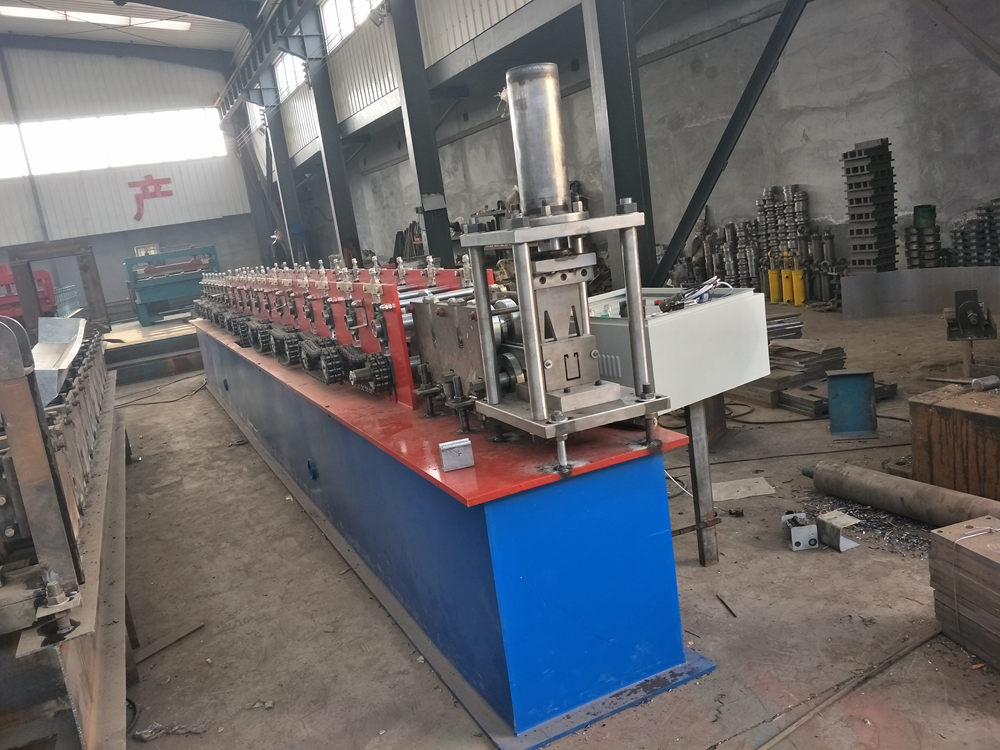
The Cable Tray Production Line Ensuring Quality and Efficiency in Electrical Installations
In today’s rapidly advancing technological landscape, the need for efficient and reliable electrical infrastructure has never been more pronounced. Cable trays play a crucial role in organizing and supporting electrical cables in various industries, from construction to manufacturing. A well-designed cable tray production line is essential to meet the growing demand for high-quality cable management solutions. This article explores the importance, components, and benefits of a cable tray production line.
Understanding Cable Trays
Cable trays are systems used to support insulated electrical cables used for power distribution and communication. They come in various designs and materials, including metal, fiberglass, and plastics, tailored to meet specific environmental and load requirements. These trays provide a safe and organized way to install cables, reducing the risk of damage and facilitating maintenance.
Importance of a Cable Tray Production Line
The increasing complexity of electrical systems necessitates the production of cable trays that are not only robust but also adaptable to different settings. A dedicated production line for cable trays allows manufacturers to streamline operations, maintain consistent quality, and meet production deadlines more efficiently. The ability to produce cable trays at scale supports industries in adhering to regulations and standards, ensuring safety and reliability in electrical installations.
Components of a Cable Tray Production Line
1. Raw Material Handling The production line begins with the careful handling of raw materials, which typically include steel sheets or aluminum extrusions. Proper storage and transportation mechanisms are essential to prevent damage and contamination.
2. Cutting and Forming Next, the raw materials are cut to size using precision cutting machines. Following this, forming machines shape the metal into trays, bends, and other configurations required for specific applications. This step requires high precision to ensure the structural integrity of the trays.
3. Welding and Assembly After forming, the pieces are welded together, creating a robust and unified structure. Automated welding processes ensure consistency and strength, while manual inspections allow for quality control.
4. Surface Treatment To enhance durability and corrosion resistance, the trays undergo surface treatments such as galvanizing or powder coating. This step is crucial, particularly in environments where moisture or chemicals can lead to degradation.

5. Quality Control Rigorous testing and inspection are conducted throughout the production process. Quality control measures ensure that all trays meet industry standards and specifications, addressing factors like load capacity, dimension accuracy, and surface finish.
6. Packaging and Distribution Finally, the finished products are packaged securely for shipment. Adequate packaging prevents damage during transportation and makes handling easier for the end user.
Benefits of an Efficient Production Line
Investing in a well-structured cable tray production line offers several advantages
- Increased Productivity Automation and streamlined processes lead to higher output, allowing manufacturers to meet growing market demands without compromising quality.
- Cost Efficiency Efficient production methods reduce labor costs and material waste, contributing to a more cost-effective operation. This allows manufacturers to offer competitive pricing to their customers.
- Enhanced Product Quality Continuous quality control and the use of advanced machinery ensure that the final products are of high quality, leading to greater customer satisfaction and reduced returns.
- Flexibility and Customization A modern production line can be easily adapted to produce varying sizes and styles of cable trays to accommodate different customer requirements. This flexibility opens up new market opportunities.
- Sustainability Manufacturers are increasingly focusing on sustainable practices in their production lines. Using recycled materials and energy-efficient processes contributes to reducing the environmental impact of cable tray manufacturing.
Conclusion
The cable tray production line is a vital component of modern electrical infrastructure manufacturing, ensuring that high-quality cable management solutions are readily available for various applications. With a well-designed production process, manufacturers can achieve efficiency, reduce costs, and maintain high standards of quality. As industries continue to evolve, so too will the production techniques, shaping the future of cable management solutions and their integral role in safe and reliable electrical installations.